- Home
- slideshows
- miscellaneous
- This is what poverty looks like in the US right now
This is what poverty looks like in the US right now
Though those living on the street are the most noticeable, homelessness is just one issue Americans in poverty face.

People in a variety of circumstances rely on government programs and local resources to aid in their struggle to support themselves and their families, working long hours on small incomes.
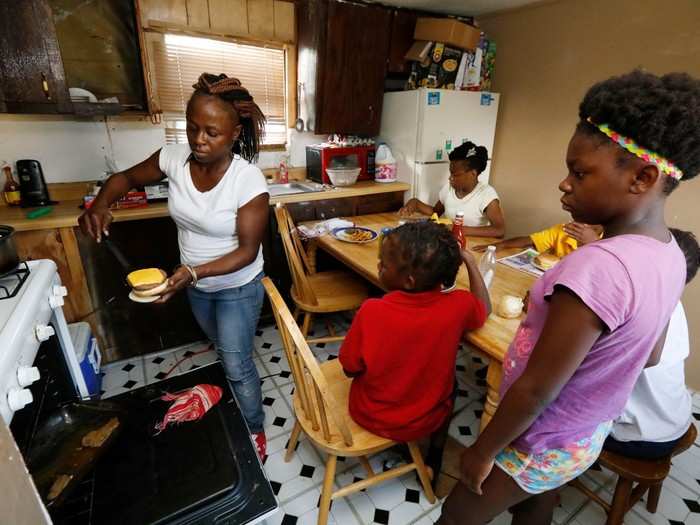
As costs of living rise across the country, some are forced to take up residence anywhere they can.
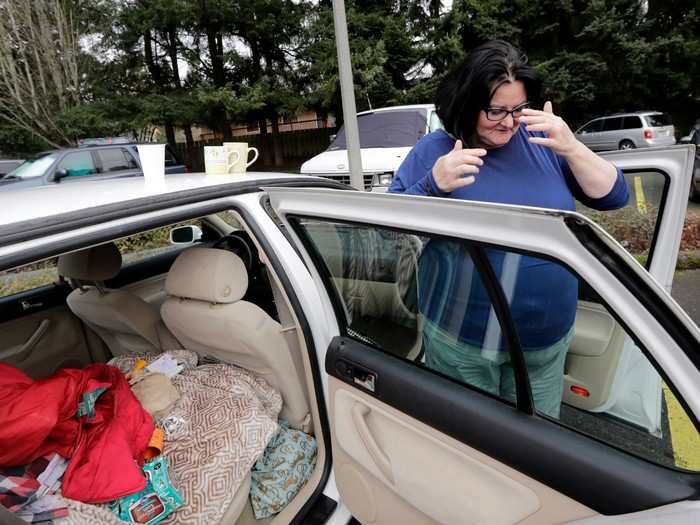
Source: Business Insider
Those who are homeless in cities resort to public spaces instead of shelters because of strict rules and eligibility requirements.
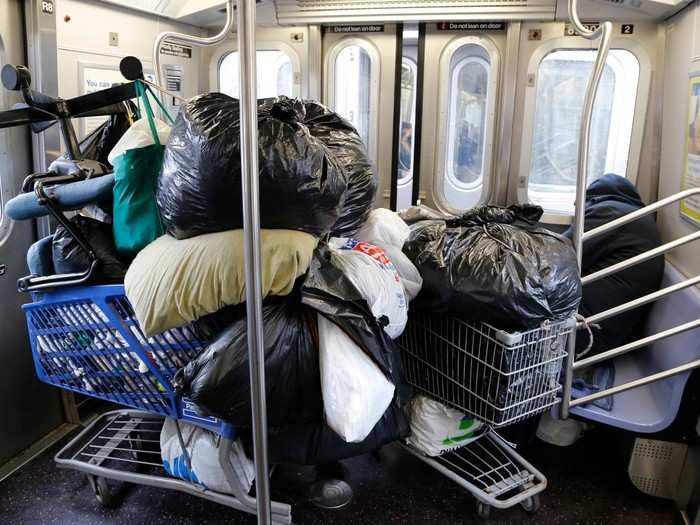
Source: Business Insider
Those who live on the streets are at the mercy of weather conditions, law enforcement officials, and finding small available spaces.
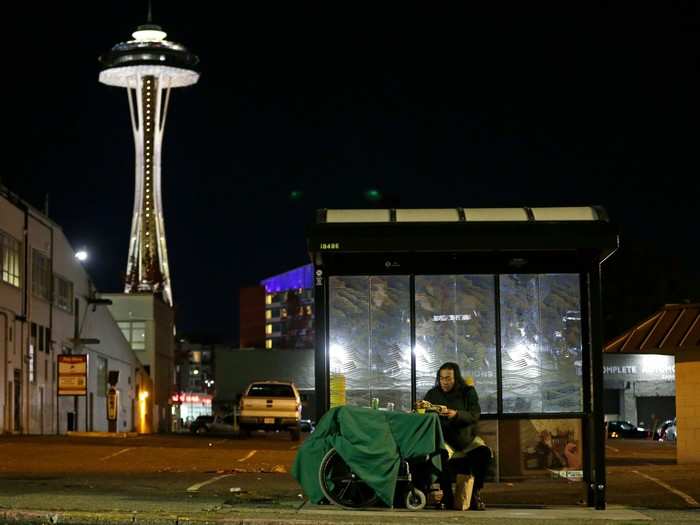
Source: Business Insider
Some cities create additional shelters for colder months. When a homeless woman was found with a stillborn infant at a Portland bus stop last year, the city set up beds on a shelter's spare floor space.
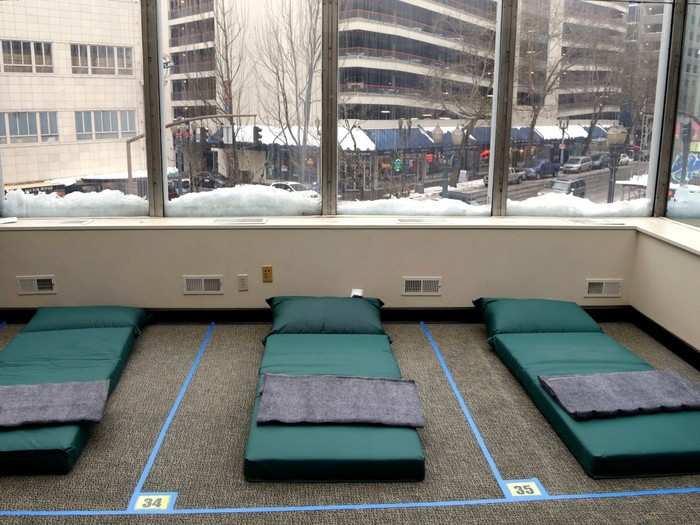
Source: The Guardian
There's been controversy in cities with overwhelmingly large homeless populations, as local officials have ramped up the physical removal or prevention of homeless settlements. Though officials in Seattle are supposed to offer a move to a shelter and 72 hours notice, that only happened around 60% of the time as of August.
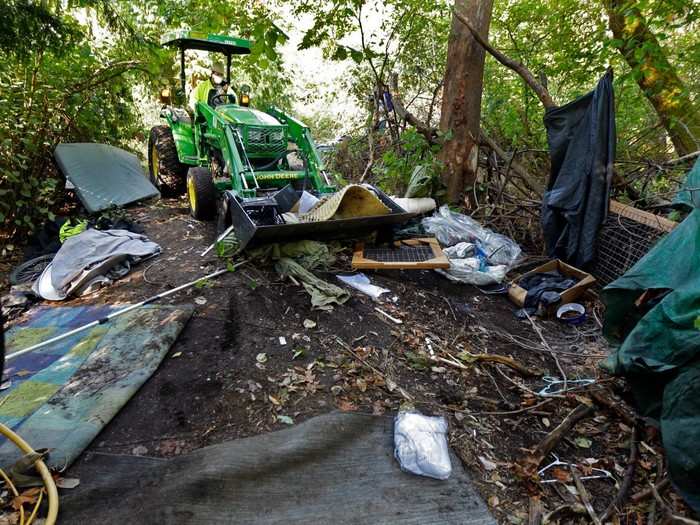
Source: The Seattle Times
To manage the number of people who need shelter and immediate services, massive temporary shelters provide a stable place while authorities can prepare more permanent arrangements.
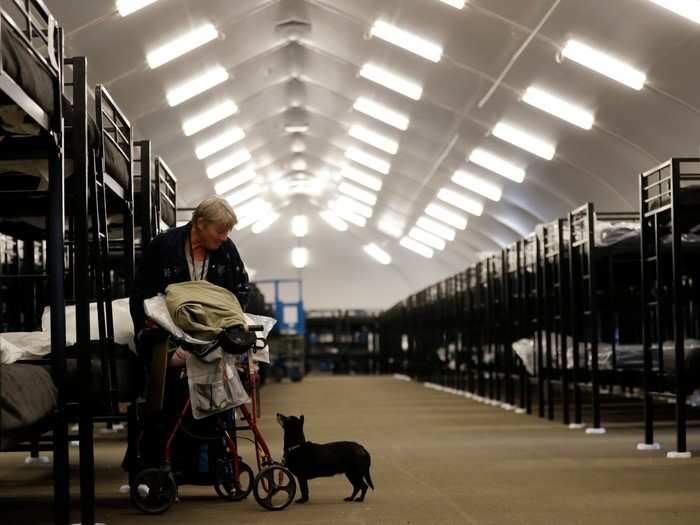
Source: The Alpha Project
In 2014, childhood homelessness hit a record-high of 2.5 million, or one in every 30, American children homeless each year.
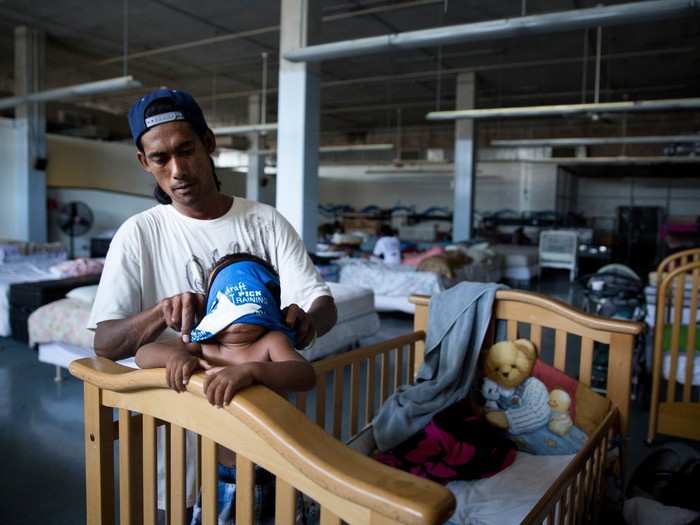
Though public housing may be seen as a more permanent solution to provide for those who have been homeless, issues of decay and mismanagement run rampant in housing agencies.
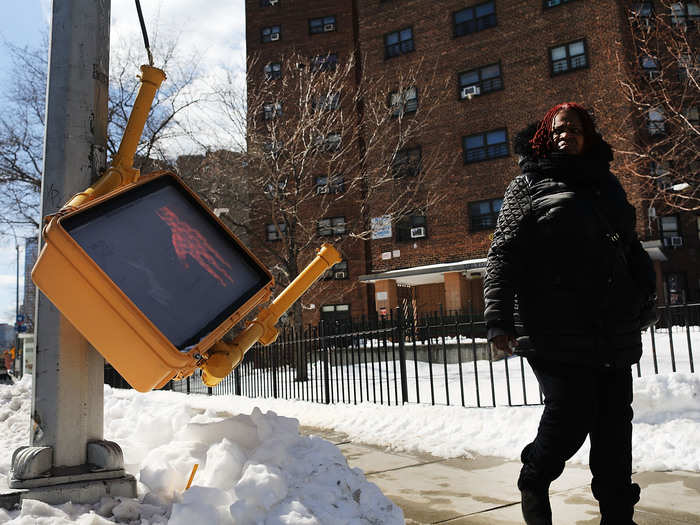
New York City was ordered in June to pay $2 billion to settle claims of corruption and mismanagement in the city's Housing Authority, the largest public housing agency in the US, after investigators found unaddressed leaks, crumbling walls, lead paint, mold, broke elevators, and rats.

Source: Associated Press
Some in cities find small supplemental incomes collecting cans out of recycling bins and turning them into profit. Though this could offer some relief, the collecting takes time and confronting competition.
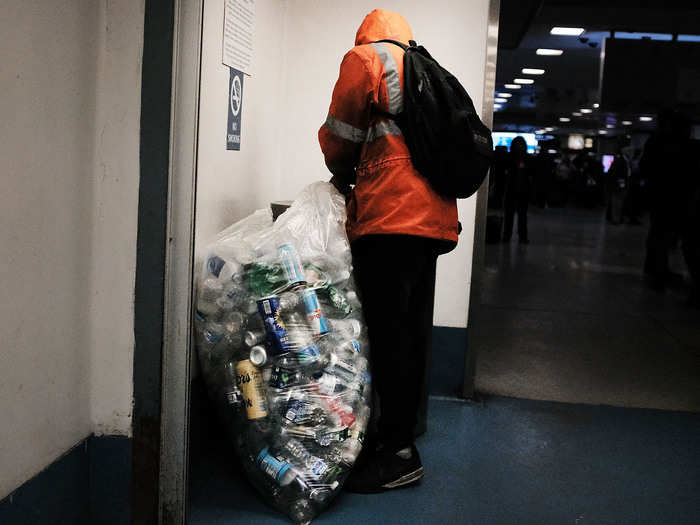
Source: PBS
Those who work but do not earn specified income rates miss out on federal healthcare benefits. In recent years, clinics by mobile medical groups have been on the rise to provide free dental, vision, and medical care to isolated and poverty-stricken communities.
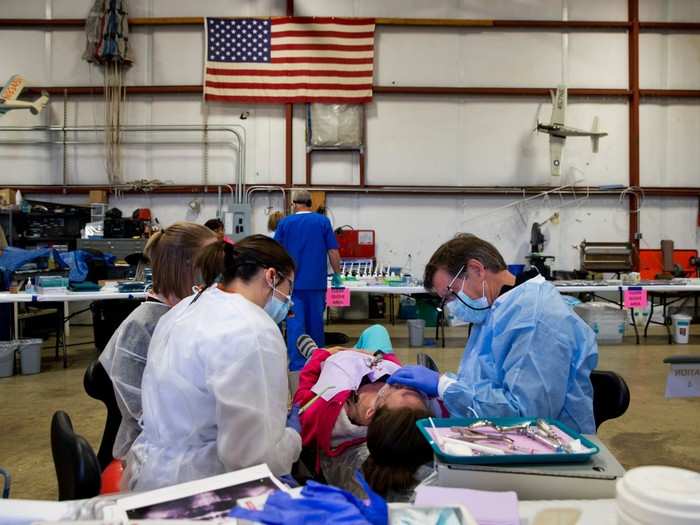
Source: The Guardian
A March study from the American Public Health Association found that medical expenses pushed more than 7 million Americans below the federal poverty line.
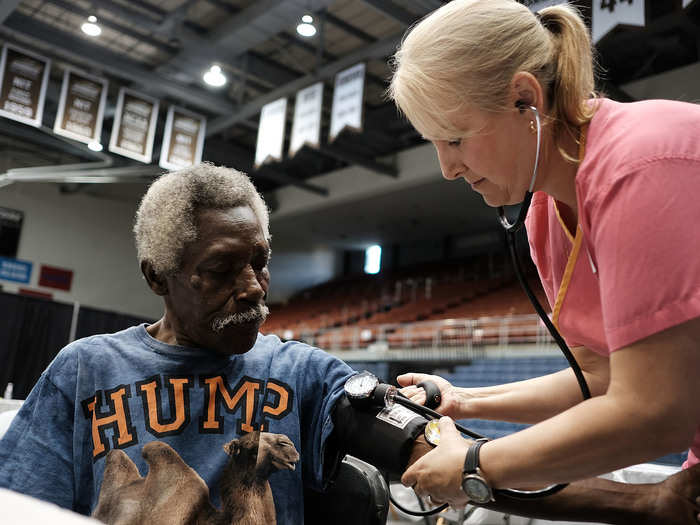
There are 40 million Americans who struggle with hunger, including more than 12 million children.
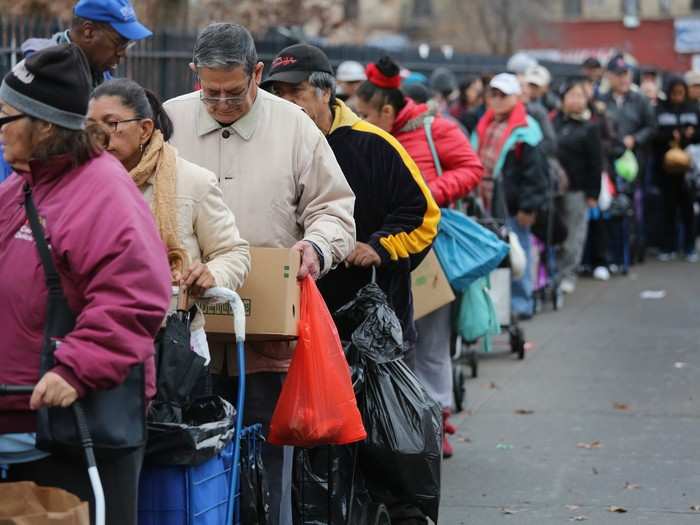
Source: Feeding America
Many local nonprofit organizations provide community access to free or discounted food in food banks and pantries.
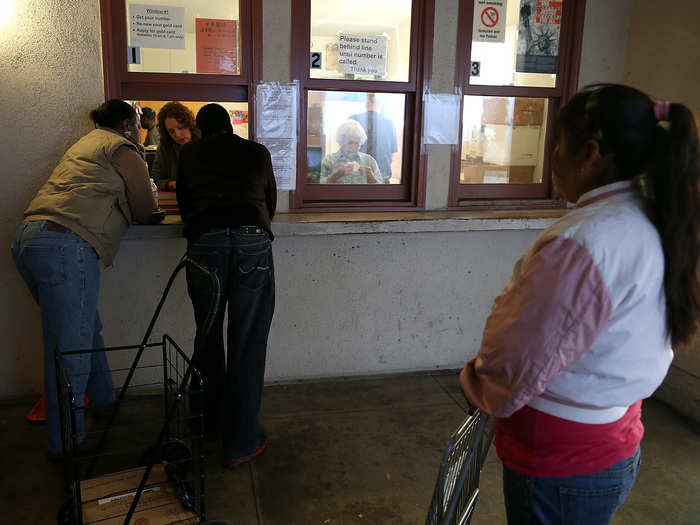
Source: Feeding America
Some shelters provide temporary relief for the homeless with occasional sit-down dinners.
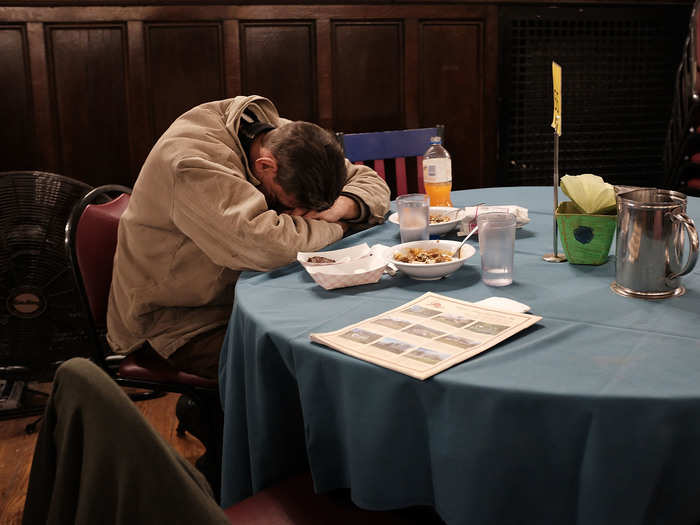
Organizations work to alleviate another major expense by offering free or discounted groceries and household supplies. Food banks, like the one below, are a resource in areas known as "food deserts," where residents live without easy access to fresh, healthy food, including fruits and vegetables.
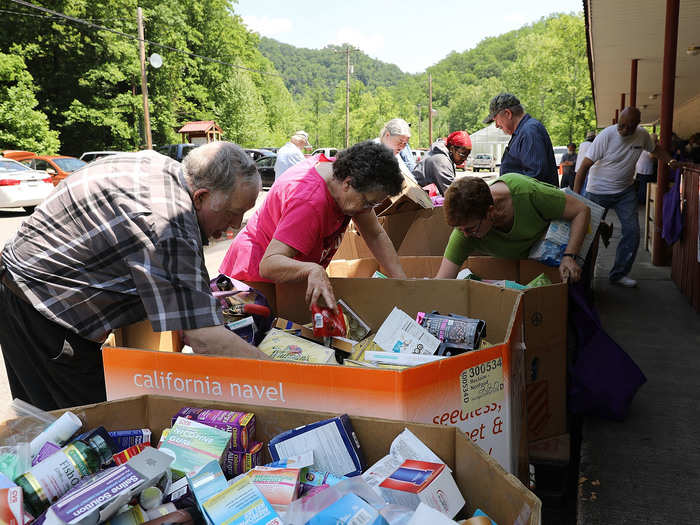
Sources: Charleston Gazette-Mail, USDA
Around the holidays, local relief organizations offer ways for homeless and low-income people to find groceries.
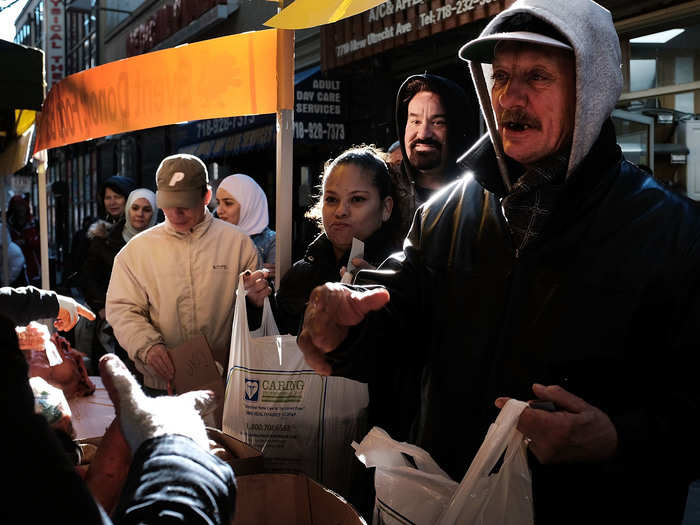
The approaching winter months pose brutal conditions to those who are living on the street, and the greatest need for donated supplies to shelters.
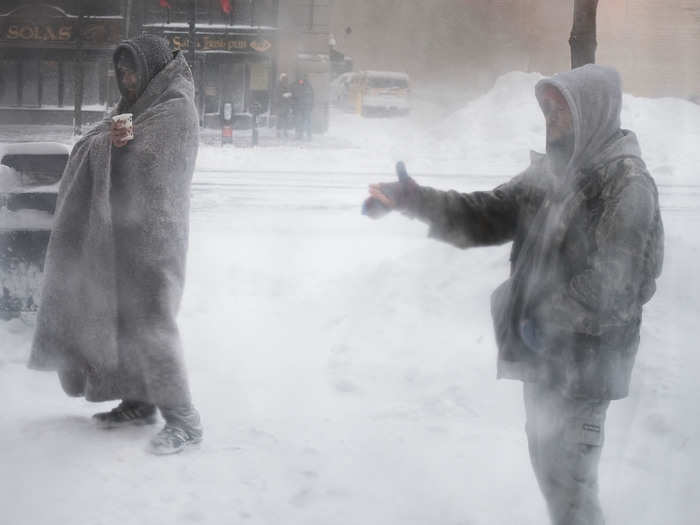
This is what poverty looks like in the US right now

Popular Right Now
Popular Keywords
Advertisement